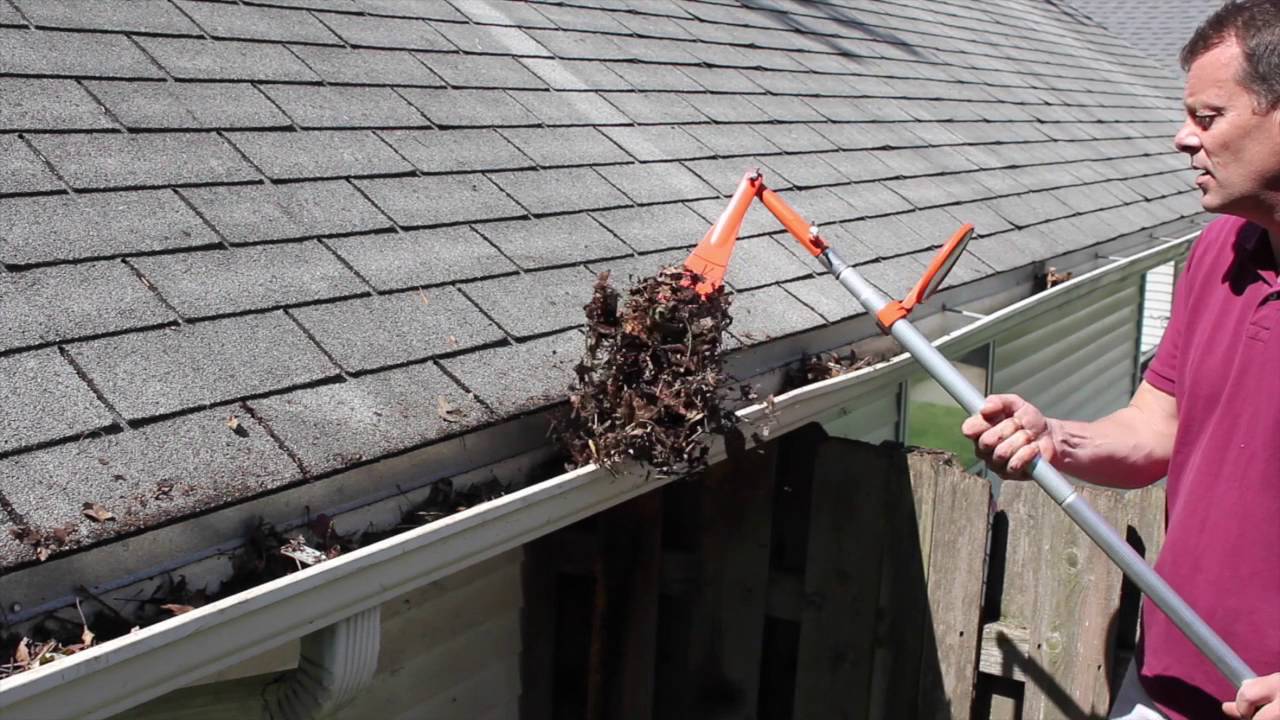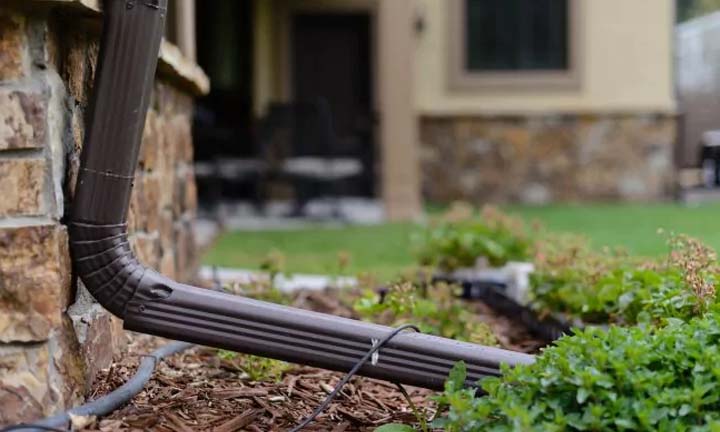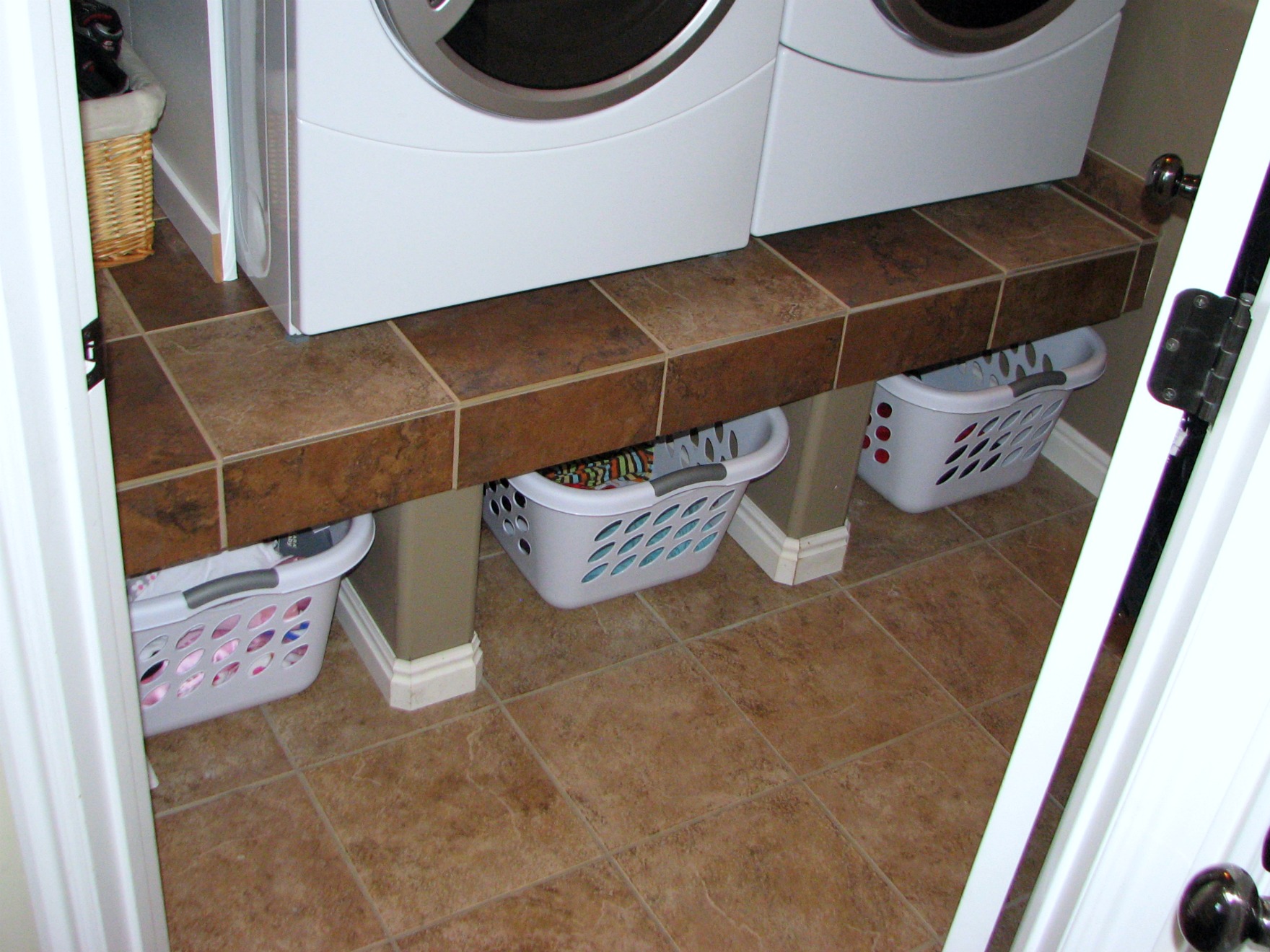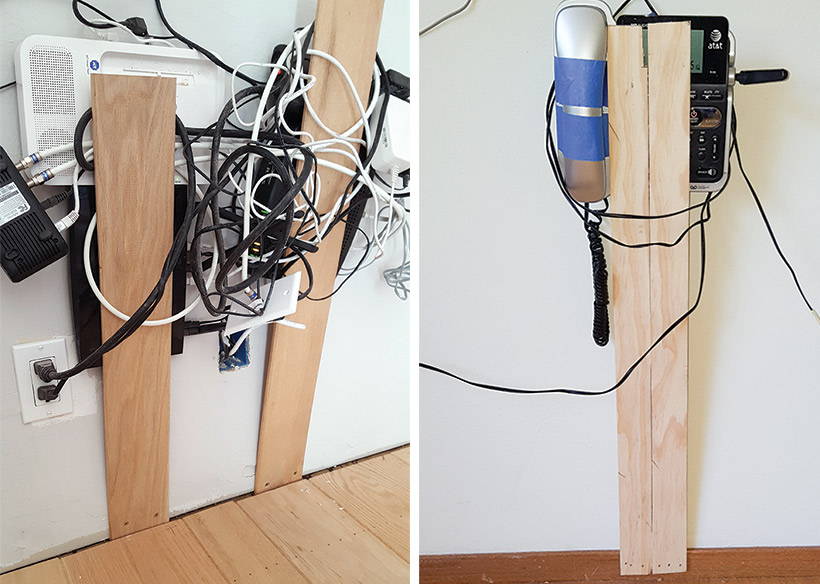Within 24 hours of landfall, Hurricane Florence flooded homes and streets in North Carolina, and days later people are still being evacuated. Following a 24-hour tempest of winds 90 mph winds, upwards of 40 inches of rainwater flooded areas of the Carolinas. The hurricane left 620,000 people without power, and multiple rivers (Cape Fear, Little, Neuse, and Rocky Rivers to name a few) were severely flooded in only a two-day period.

While some geographic areas are more prone to flooding than others, natural disasters can happen anywhere and rising water levels are a very common – and very costly – result. According to the Internation Civil Defence Organisation (ICDO), over 1.5 billion people were affected by flooding between the years 2000 and 2017, making it a more widespread issue than any other symptom of natural disasters. Flooding is also responsible for $486 billion dollars worth of damages in that same time frame, making it the third most expensive type of natural disaster, right below storms and earthquakes.

How to prevent flooding in your home
While a lot of factors that cause or prevent flooding are out of your control (such as building and developing infrastructure, or construction of hydraulic dams), there are also ways that you can maximize your safety and help to prevent flooding in your own home. We’ve put together a list of the best methods:
1. Unclog your gutters
This seems like it wouldn’t be so big a factor, but the whole reason to have gutters is to help irrigate water off of your roof. If those same gutters are clogged, you’re effectively blocking the water’s best means of escape, weighing down your roof and increasing the likelihood of springing a leak.

Leaves are the number one contributor to a clogged gutter spout, so it’s really worth your while to get them removed from your downspouts and gutters at least twice a year.
2. Install backflow valves or standpipes
Household water supply systems are normally maintained at a significant pressure to enable water to flow from the tap, shower, or other fixture. If an area becomes flooded, the water pressure may rise to unexpectedly high levels.
A backflow prevention device is used to protect potable water supplies from contamination or pollution due to backflow. Backflow valves will prevent sewage backup and basement flooding, and installation and replacement can be done by yourself in a matter of minutes. Check out this video to see how it’s done:
You can buy the required parts right here.
3. Make sure your downspouts are lengthened and pointed in the right direction

Downspouts are the vertical gutter spouts that run the length of your home. As mentioned in our first point, their purpose is to direct water off your roof and down and away from your house. If your downspouts are broken or short, all the water feeding out of them will simply gather at the foot of your house, which can actually increase your chance of experiencing flooding. Downspout extensions are relatively inexpensive and can wind up saving you hundreds or even thousands of dollars worth of damages.

Ensure that downspouts are extended at least 10 feet from your home, and that they are directing water flow away, preferably down a hill!
4. Keep electronic devices and wiring above ground level

This is a big one: If you’ve got any electronic equipment (computer, dryer, extension cables, furnace, or washing machine) just sitting on the floor of your house it’s going to get ruined by flood water, or worse, create a hazardous environment if the area becomes submerged. It’s easier said than done with some of the heavier equipment like washing machines or refrigerators, but using cinder blocks or anchoring devices to elevate your devices can keep them safe during a flood.

Most people keep their computers on the floor, too, so if you’re one of them take precautions if your area is expecting flooding.
5. Store valuables out of the basement
Obviously, the natural behavior of water is to travel from higher ground to lower ground. That means if your house floods, it’ll be the basement that’s hit first and hit worst. If there’s even a chance that your household will be flooded make absolutely certain that all your irreplaceable valuables are stored high up so the water will not reach them.
Lastly, preparedness and vigilance are paramount when it comes to flooding safety. This can be preventative landscaping, investing in flood insurance coverage, installing flood detection devices in your basement, and noting any areas impending water flood problem. That means paying attention to water stains or mold growth on your ceilings and walls or the undersides of attic roof sheathing.

Keeping emergency numbers and knowing your local evacuation routes and relief centers is hugely important as well, and should be referenced quickly if it looks like a crisis is likely. Stay aware, and share our list with your family and friends to help keep your loved ones safe.
For more tips and prevention advice, check out this safety video:


